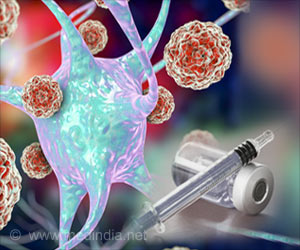Since clinical trials on the first STING agonist, ADU-S100, were suspended in 2020, there is an urgent need to develop new STING activators.
Once the STING agonist was stimulated by a compound, it induced the secretion of cytokines such as interferons (IFNs) and activated an innate immune response mediated by T cells.
The activated immune system altered the immune phenotype of the tumor, turning it from “cold” with a low reactivity to T cells to “hot” with a high reactivity, leading to the recruitment of T cells in the TME.
In this study, compound administration effectively inhibited the growth of cancer cells in mice models.In particular, 20% of the treated group was found to be tumor-free as a result of the complete elimination of their tumors.
Also, immunological memory suppressed the growth of recurrent tumors without need for additional drug administration. Ultimately, no tumor growth was observed in the tumor-free group after the first treatment.
Most of the existing STING agonists were subjected to intratumoral administration, which limited the broad application of cancer treatment, whereas the compound in this study was able to be administered by intravenous injection.
This agent is also able to be applied to combination cancer therapies and current standard treatments, such as radiation therapy, chemotherapy, and monotherapy.
Dr. Lee stated, “Everyone dreams of vanquishing cancer; however, the development of cancer immunotherapeutic for ailments such as brain tumors is still limited.
We hope that this study can provide the seeds for new therapeutic strategies for cancers where immunotherapy has had limited application.”
Source: Medindia



